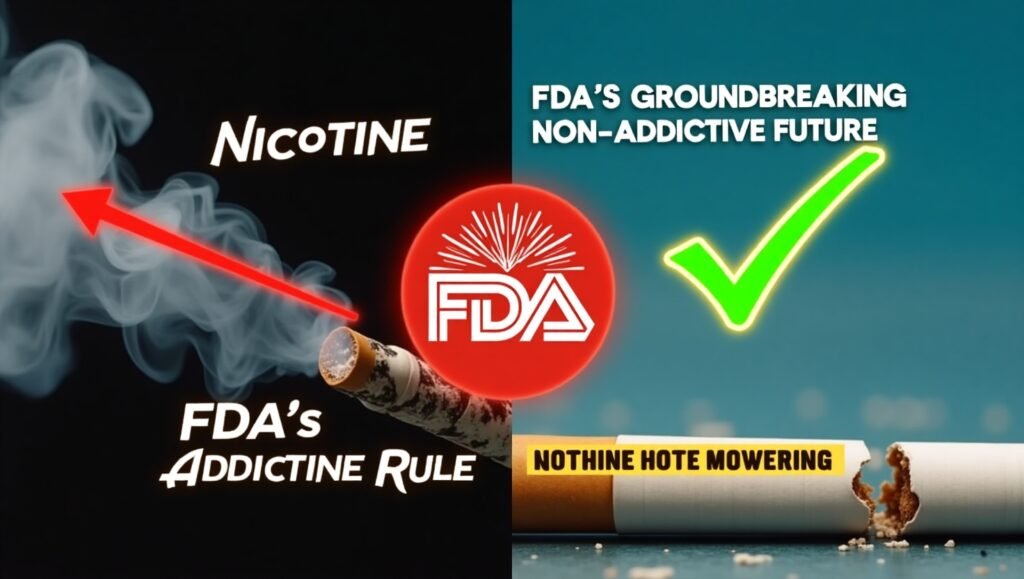The U.S. Food and Drug Administration (FDA) has taken a historic step toward tackling nicotine addiction by proposing a rule to drastically reduce nicotine levels in cigarettes and other combusted tobacco products. Nicotine, the highly addictive chemical that keeps users hooked to tobacco, would be capped at minimally or nonaddictive levels under the new regulation. This bold move, outlined in the FDA’s official announcement, aims to prevent millions of premature deaths and reduce the staggering public health burden of smoking-related diseases.
Table of Contents
ToggleThe Science Behind Nicotine Addiction
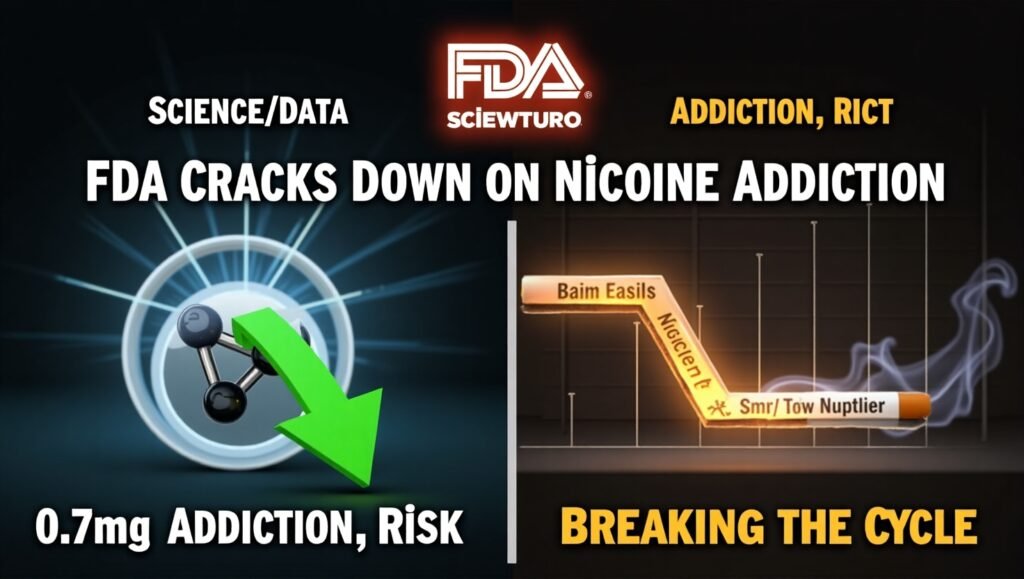
Nicotine’s addictive properties are well-documented. As the primary driver of tobacco dependence, it compels users to repeatedly expose themselves to the toxic mix of chemicals in cigarette smoke, which causes cancer, heart disease, and lung disorders. The FDA’s proposal targets this cycle by limiting nicotine in combusted products—such as cigarettes, cigars, and pipe tobacco—to 0.7 milligrams per gram of tobacco. This threshold is far below current market averages and is designed to eliminate the potential for addiction.
Critically, research cited by the FDA shows that reduced-nicotine cigarettes do not lead smokers to compensate by smoking more. Instead, lower nicotine levels may help users quit or transition to less harmful alternatives like nicotine replacement therapies or noncombusted products.
A Lifesaving Public Health Initiative
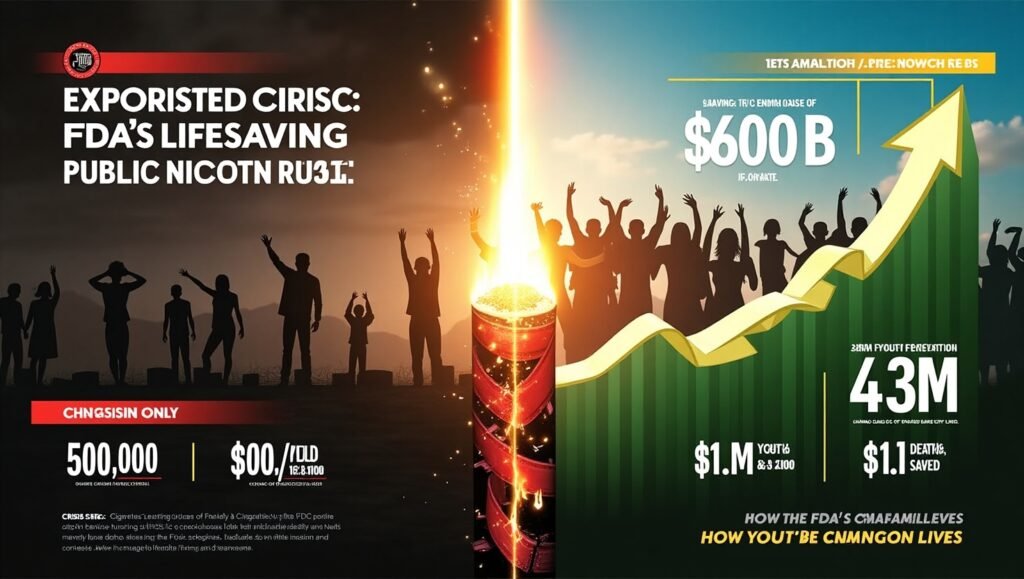
Cigarette smoking remains the leading cause of preventable death in the U.S., claiming nearly 500,000 lives annually and costing over $600 billion in healthcare expenses and lost productivity. The FDA estimates that this rule could prevent 48 million young people from starting smoking by 2100. Within just one year of implementation, 12.9 million current smokers could quit, rising to 19.5 million within five years. By 2060, the policy could avert 1.8 million tobacco-related deaths, climbing to 4.3 million by 2100.
The economic impact is equally staggering: annual benefits are projected to exceed $1.1 trillion within the first four decades, factoring in medical savings, productivity gains, and reduced mortality.
What the Rule Means for Industry and Consumers

The proposal does not ban cigarettes or other combusted products but mandates compliance with the nicotine cap within two years of finalization. Products affected include cigarettes, roll-your-own tobacco, most cigars, and pipe tobacco. The proposed regulation excludes e-cigarettes, nicotine pouches, smokeless tobacco, and premium cigars from the nicotine cap, allowing these products to remain under existing guidelines.
FDA Commissioner Dr. Robert M. Califf emphasized the societal benefits: “This proposal could save lives, reduce severe illness, and shift the trajectory of tobacco use in America.” Adults who smoke may transition to lower-risk alternatives, though the FDA stresses that no tobacco product is safe.
Next Steps: Public Input and Implementation
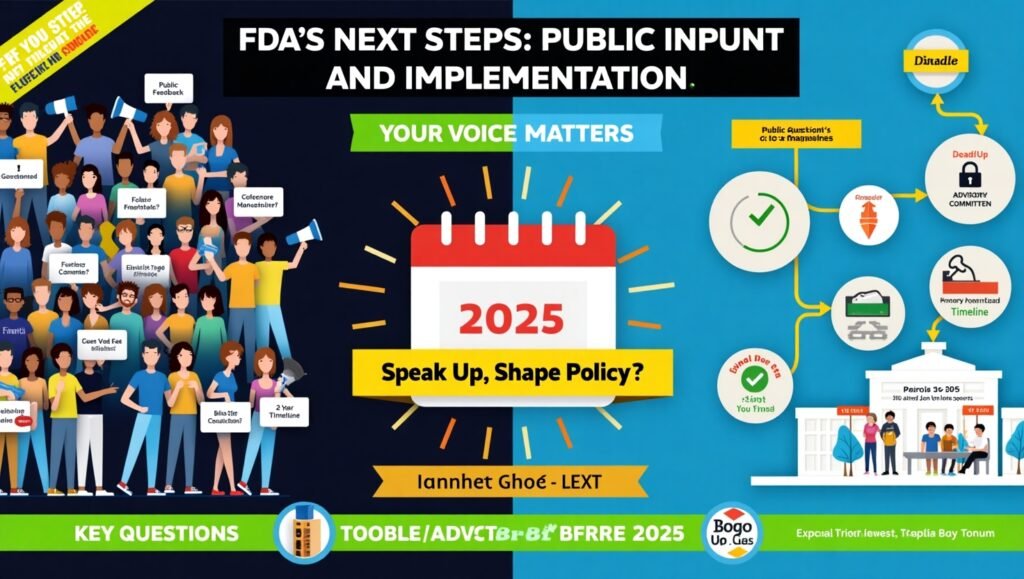
The FDA is inviting public feedback through September 15, 2025, to address key questions, including:
- Whether the proposed nicotine limit is feasible for manufacturers.
- Potential risks of illicit trade.
- The two-year compliance timeline.
The agency will also consult its Tobacco Products Scientific Advisory Committee and host public forums to refine the rule.
A Global First in Tobacco Regulation
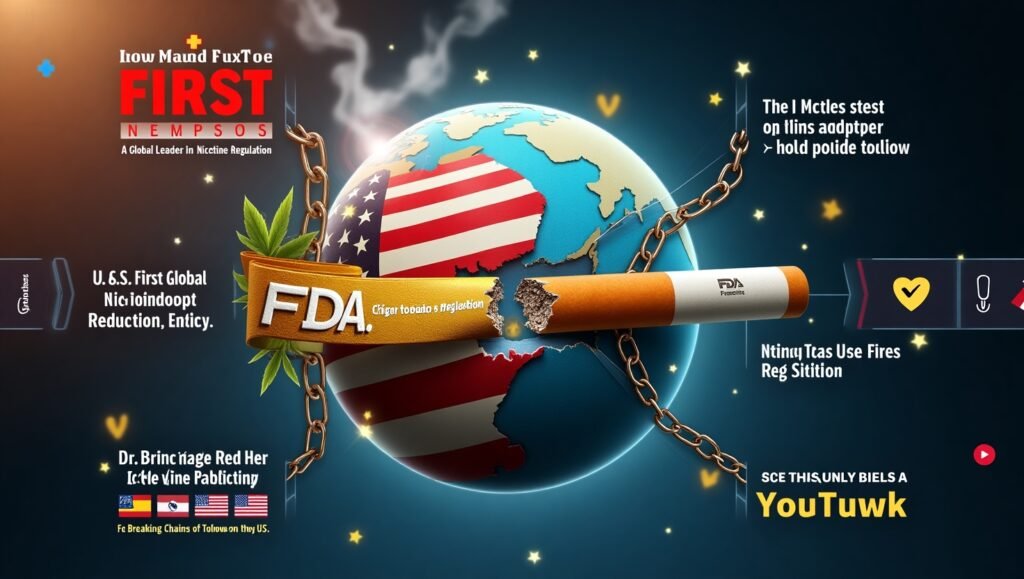
If finalized, the U.S. would become the first country to implement such a nicotine reduction policy. Dr. Brian King, Director of the FDA’s Center for Tobacco Products, called it a “critical step” to disrupt the cycle of addiction and disease caused by combusted tobacco.
Conclusion:
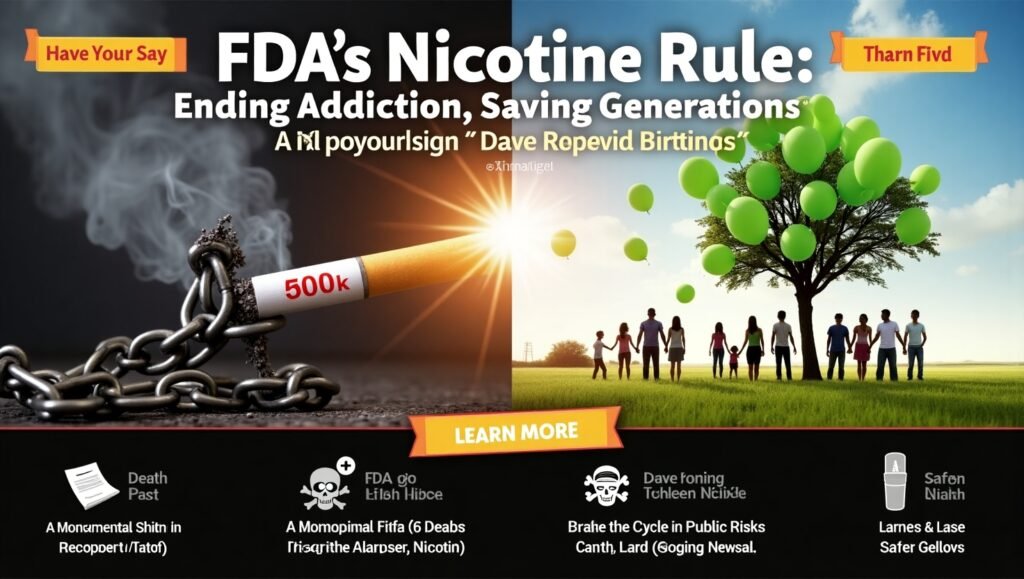
The FDA’s nicotine reduction proposal represents a monumental shift in public health strategy. By targeting the root of addiction, the rule could spare generations from the grip of tobacco-related harm. For more details, visit the FDA’s announcement page and participate in the public comment process to shape this landmark policy.
Learn More:
- FDA’s Nicotine Reduction Proposal
- Health Risks of Nicotine Addiction
- Alternatives to Combusted Tobacco Products
Note: Always verify regulatory updates through official sources like the FDA website.

